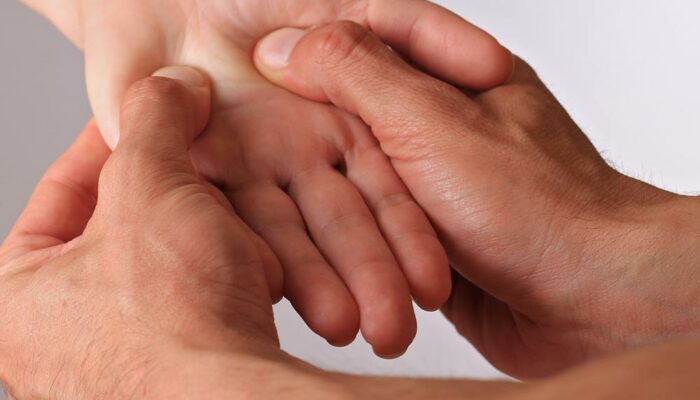
9 types of common disabilities
health
One can come across several types of disabilities in one’s life. The word disability includes a broad spectrum of conditions that result in physical, emotional, cognitive, and sensory impairments. Some of these disabilities may be congenital, while others may develop gradually due to an underlying health condition or an injury or accident. Each of these disabilities has its set of unique challenges. Here, let’s delve into the top 9 conditions that may cause disabilities. Musculoskeletal system and connective tissue disorders The musculoskeletal system comprises ligaments, cartilage, bones, and connective tissues. It connects all the bones in the body, facilitating movement and motion. Disabilities can occur due to musculoskeletal conditions such as arthritis, fibromyalgia, spine disorders, scoliosis, ruptured discs, carpal tunnel syndrome, and degenerative disc disease. Mood disorders Disabilities can also occur due to mood disorders such as bipolar disorder, major depressive disorder, cyclothymic disorder, seasonal affective disorder (SAD), persistent depressive disorder (dysthymia), depression related to mental health issues, and premenstrual dysphoric disorder. Nervous system disorders The nervous system comprises the brain, spinal cord, sensory organs, and nerves. Disabilities may develop due to several congenital or underlying health conditions related to the nervous system, such as infections like meningitis and polio, functional disorders like epilepsy and neuralgia, degenerative diseases like multiple sclerosis and Parkinson’s disease, and structural disorders like Bell’s palsy and brain or spinal cord injuries.





















